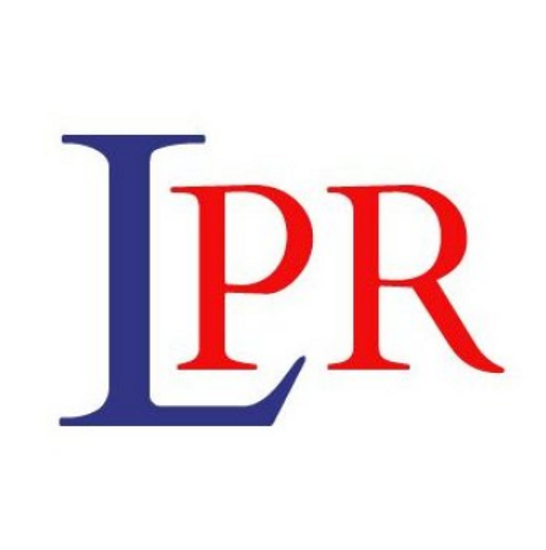This article is shared with the kind permission of BI-Journal.
Discover why audit-tech is reshaping third-party risk management in insurance and becoming a new standard of trust.
The insurance sector’s dependence on third-party ecosystems has deepened considerably in recent years. From outsourced claims handlers to SaaS-based underwriting platforms, today’s insurers rely on an expansive and network of vendors, partners, and service providers to keep operations moving. This interconnectivity brings huge opportunity, but also new exposure.
Recent data suggests that as many as 60% of data breaches at large organizations now involve a third-party component. For an industry built on risk assessment, that figure is a wake-up call. What was once viewed as a procurement concern is now a board-level priority: how to manage and assure third-party risk in a way that is robust, scalable, and regulation-ready.
This shift has created strong and growing demand for audit-tech, digitally enabled tools and platforms that combine automation, data analytics and human expertise to transform how vendor audits are carried out. In particular, audit-tech adoption is accelerating in insurance, where compliance requirements are strict and the stakes for operational failure high.

Manual Oversight Augmented by the Speed of Automation
Traditionally, third-party risk management (TPRM) has been a largely manual process. Teams have relied on spreadsheets, static questionnaires, email chains and lengthy follow-ups to assess vendors, often only once per year, regardless of how critical that vendor is to the business. As vendor ecosystems grow, this approach becomes increasingly untenable.
Today’s global insurers may have hundreds or even thousands of vendors across their portfolios. Each of these may have access to sensitive data, carry out customer-facing tasks, or perform regulatory functions on the firm’s behalf. It’s no longer sufficient to carry out a one-size-fits-all assessment after onboarding. Regulators, clients, and boards are demanding dynamic, risk-based oversight, something manual approaches struggle to provide.
The Automation Advantage
This is where audit-tech vendor assurance comes into play. By embedding automation and AI into the audit lifecycle, from vendor criticality assessments through to audit execution and remediation tracking, insurers can significantly reduce the administrative burden of TPRM while improving accuracy, transparency and speed.
For example, AI-driven audit platforms can flag high-risk vendors in real time, generate automated risk scores, and surface anomalies across large datasets with far greater speed than human-led reviews. Document workflows, status dashboards and audit trails can be digitised and centralised, removing silos and ensuring that all stakeholders, from compliance to procurement, work from a shared, single source of truth.
But technology alone is not a silver bullet. In an industry where trust is paramount, audit programmes must also be grounded in regulatory knowledge and sector expertise. This has led to increased interest in hybrid models, where intelligent automation is paired with practitioner-led audit delivery. This approach not only streamlines the process, but ensures that findings are contextualised and aligned with sector-specific obligations and risk appetites.
Scaling Without Losing Sight
One of the biggest benefits of audit-tech is its ability to scale without loss of oversight. As insurers grow, organically or via M&A, their vendor footprint expands. Without scalable tools and frameworks, the complexity quickly outpaces internal capacity, creating blind spots and compliance gaps.
The development of innovative audit-tech platforms provides the structure needed to monitor vendor performance, risk exposure, and remediation efforts across multiple jurisdictions and business units. It enables insurers to shift from reactive, event-driven audits to proactive, continuous assurance, an approach increasingly favoured by both regulators and rating agencies.
Toward a Template for Trust
In many ways, the solution that audit-tech represents is not just about technology, it’s about rebuilding trust. In a sector navigating rapid digital transformation, rising regulatory scrutiny and complex risk chains, insurers need new, more agile and efficient ways to evidence that they are in control of the third parties they depend on.
The development of audit-tech is not creating a challenge – it is responding to one. Its emergence has been driven by necessity in a market where insurers must maintain operational resilience, meet evolving regulatory expectations, and manage an increasingly interconnected web of vendors. We are forecasting that audit-tech will fast becoming an indispensable tool for insurers that want to grow with confidence, without compromising on control.

Meet our expert
Name: Pervin Sivanathan
Job title: Group Head of Audit & Advisory
Get in touch
To speak to the Pro Global team please feel free to reach out to us at:

Lysander PR
To contact our PR team directly please use the link below



 View Previous
View Previous 